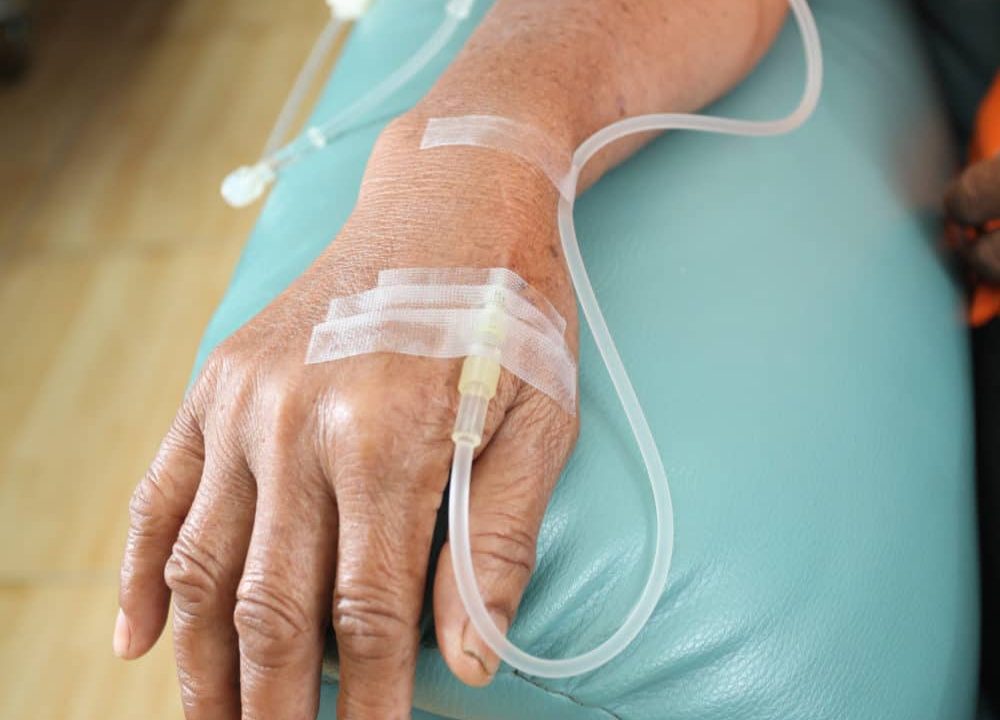The Incident reporting software healthcare has become a cornerstone of modern medical operations, empowering organizations to identify risks, improve patient safety, and enhance compliance. In 2025, healthcare leaders are increasingly prioritizing advanced platforms that provide real-time insights, seamless reporting, and integration with existing systems. This evolution reflects the growing demand for data-driven decision-making and proactive risk management in clinical settings. As regulatory requirements become stricter and patient expectations continue to rise, choosing the right incident reporting solution is critical for operational excellence. Healthcare facilities now seek solutions that are not only robust and secure but also adaptable to the changing landscape of care delivery.
Why Incident Reporting Matters in Modern Healthcare
Incident reporting plays a vital role in identifying patterns, preventing adverse events, and maintaining compliance with industry regulations. For hospitals, clinics, and long-term care facilities, accurate reporting ensures that issues are documented, addressed, and used as learning opportunities to improve outcomes. By tracking incidents such as medication errors, patient falls, or equipment malfunctions, healthcare providers can respond quickly and prevent similar issues from recurring. In 2025, the emphasis is not only on reporting incidents after they occur but also on predicting and preventing them using advanced analytics and AI-powered tools.
Key Features Healthcare Leaders Look for in 2025
Healthcare organizations are prioritizing incident reporting solutions with features that enhance usability, security, and integration. Automated workflows ensure that reports reach the right personnel instantly, while mobile accessibility allows staff to submit reports on the go. Customizable dashboards provide leaders with real-time data visualization, enabling quick decision-making. Integration with electronic health records ensures that all relevant information is connected, reducing duplication and improving accuracy. Additionally, compliance tracking tools help facilities meet Joint Commission, OSHA, and HIPAA requirements without manual effort.
Benefits of Advanced Incident Reporting Solutions
The latest platforms in 2025 are designed to improve safety, reduce liability, and increase staff engagement. With automated alerts, healthcare leaders can respond to critical incidents within minutes, reducing potential harm. Trend analysis tools allow organizations to identify recurring problems and address them at the root cause. Training modules integrated into reporting platforms ensure that staff are continuously educated on best practices for safety and compliance. Furthermore, by fostering a culture of transparency, healthcare organizations encourage staff to report incidents without fear of retribution, ultimately leading to safer patient care.
The Role of Analytics in Improving Patient Safety
One of the most significant advancements in incident reporting is the use of predictive analytics. By analyzing historical incident data, healthcare leaders can identify trends and risk factors before they escalate into serious events. This proactive approach transforms incident reporting from a reactive process into a strategic safety initiative. In 2025, many platforms now offer AI-driven recommendations for corrective actions, enabling facilities to implement changes faster and more effectively. These analytics not only improve patient outcomes but also optimize operational efficiency.
Implementing the Right Solution for Your Organization
When choosing an incident reporting platform, healthcare leaders must consider factors such as scalability, ease of use, and compliance capabilities. A solution should align with the organization’s size, complexity, and workflow. Training staff on how to use the platform effectively is crucial for success. Implementation should include pilot testing, feedback collection, and system adjustments to ensure maximum adoption. Partnering with a vendor that offers strong customer support and regular updates ensures the software remains aligned with evolving industry standards.
How Incident Reporting Supports Regulatory Compliance
In the healthcare sector, regulatory compliance is non-negotiable. Incident reporting systems help organizations stay compliant by automatically generating reports required for audits and inspections. These systems maintain secure, time-stamped records of all incidents, ensuring accountability and transparency. In 2025, healthcare facilities are leveraging these tools to demonstrate compliance with patient safety standards, occupational safety regulations, and data protection laws. This capability not only avoids costly penalties but also builds trust with patients and stakeholders.
Future Trends in Incident Reporting Software
As technology evolves, incident reporting solutions will continue to incorporate more automation, AI, and integration with other healthcare technologies. We can expect to see more intuitive user interfaces, voice-to-text reporting capabilities, and expanded interoperability with third-party systems. Data security will remain a top priority, with advanced encryption and authentication measures becoming standard. In the long term, incident reporting will move beyond healthcare into other sectors, but the healthcare industry will remain at the forefront due to its critical need for accuracy and efficiency.
Conclusion
In 2025, healthcare leaders are not simply looking for an incident reporting tool—they are seeking a comprehensive safety management solution. The right platform combines ease of use, advanced analytics, regulatory compliance, and integration with other systems to create a safer, more efficient care environment. By adopting modern solutions, healthcare organizations can protect patients, support staff, and strengthen their commitment to quality care. For facilities aiming to stay competitive and compliant, investing in a cutting-edge incident reporting system is no longer optional—it is essential for success in the evolving healthcare landscape.





